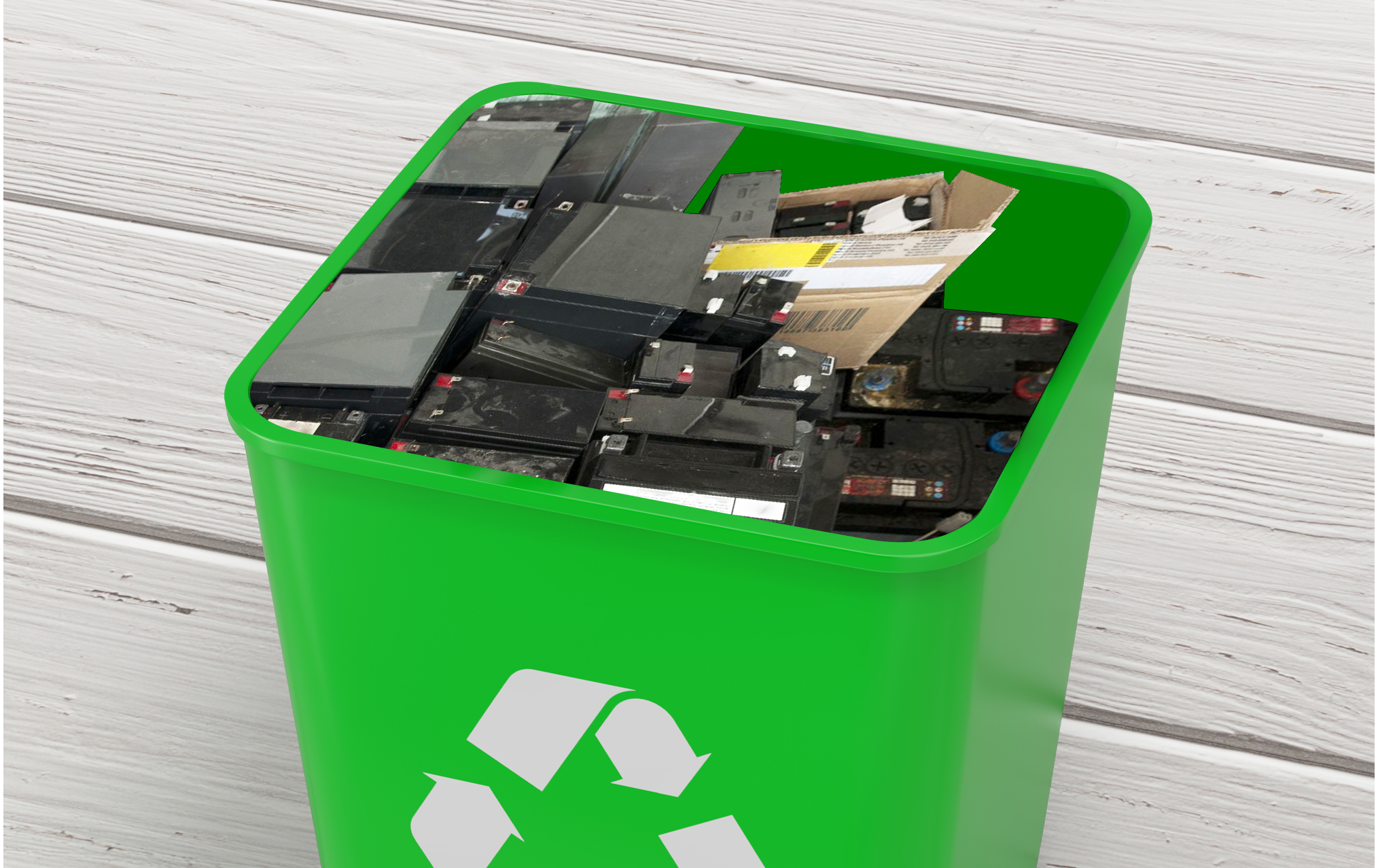Environment Sustainability
As a global leader in battery manufacturing and a member of Battery Council International (BCI), Leoch is fully cognizant of how our actions can have serious repercussions on the environment and the industry. Therefore, it formulates comprehensive environmental policies to manage the discharge of various pollutants. Relevant control procedures are also developed for wastewater, exhaust gas and solid waste discharge. These processes are closely monitored and improved for environmental conservation and sustainability.
Control of Wastewater Discharge
Internal sewage treatment facilities are installed in all factories to handle wastewater discharge. The amount of discharge is strictly adhered to the discharge limit set before release to the external sewage system. This reduces the impact to the environment through the influence of water pollutants on pH and lead content.

Control of Exhaust Gases
Leoch also controls gas emissions, such as sulphuric acid mist, lead fumes, lead dusts, to reduce their impact on the environment. All factories are equipped with a comprehensive exhaust gas treatment system. Processes that are likely to cause exhaust gases, fumes and dusts are operating under exhaust ventilation facilities, through which the pollutants are channelled in ducts into the treatment facilities. These facilities include lead fume purifier, dust collector, acid fume neutraliser/purifier etc. Gases are discharged in amounts meeting global compliance standards.
Leoch is also striving to reduce greenhouse gas generation in its operations through the promotion of solar energy projects. As much as possible, areas such as bathrooms and canteens in factories have fully switched from the use of coal to natural gas to power them.

Control of Solid Wastes
Leoch has in place a waste classification system. Wastes are recycled as much as possible if they could not be reused. Wastes are disposed in a controlled manner and also vendors are sourced based on the specified requirements set by the authorities.
For solid wastes, Leoch classifies them into two main categories: hazardous wastes and non-hazardous wastes, which are further divided into four sub-groups based on their recyclability. Solid waste includes those liquid and gas wastes are stored in containers and are not directly discharged to external waters and atmosphere.



